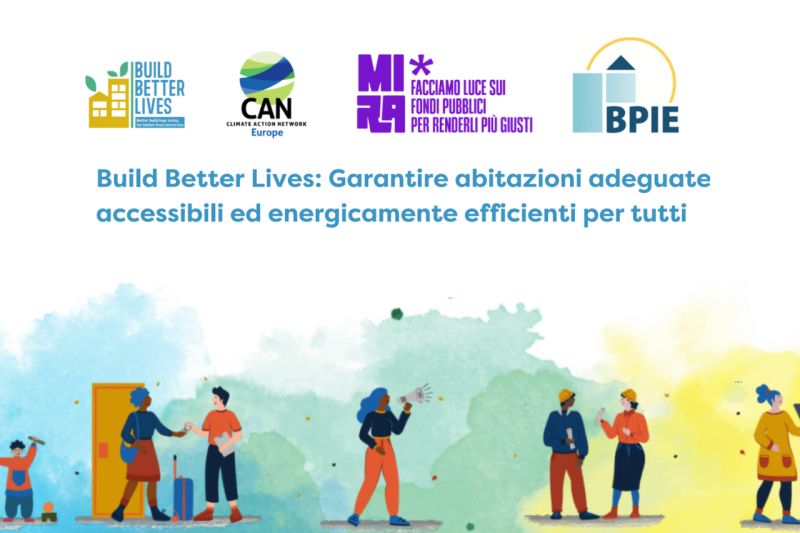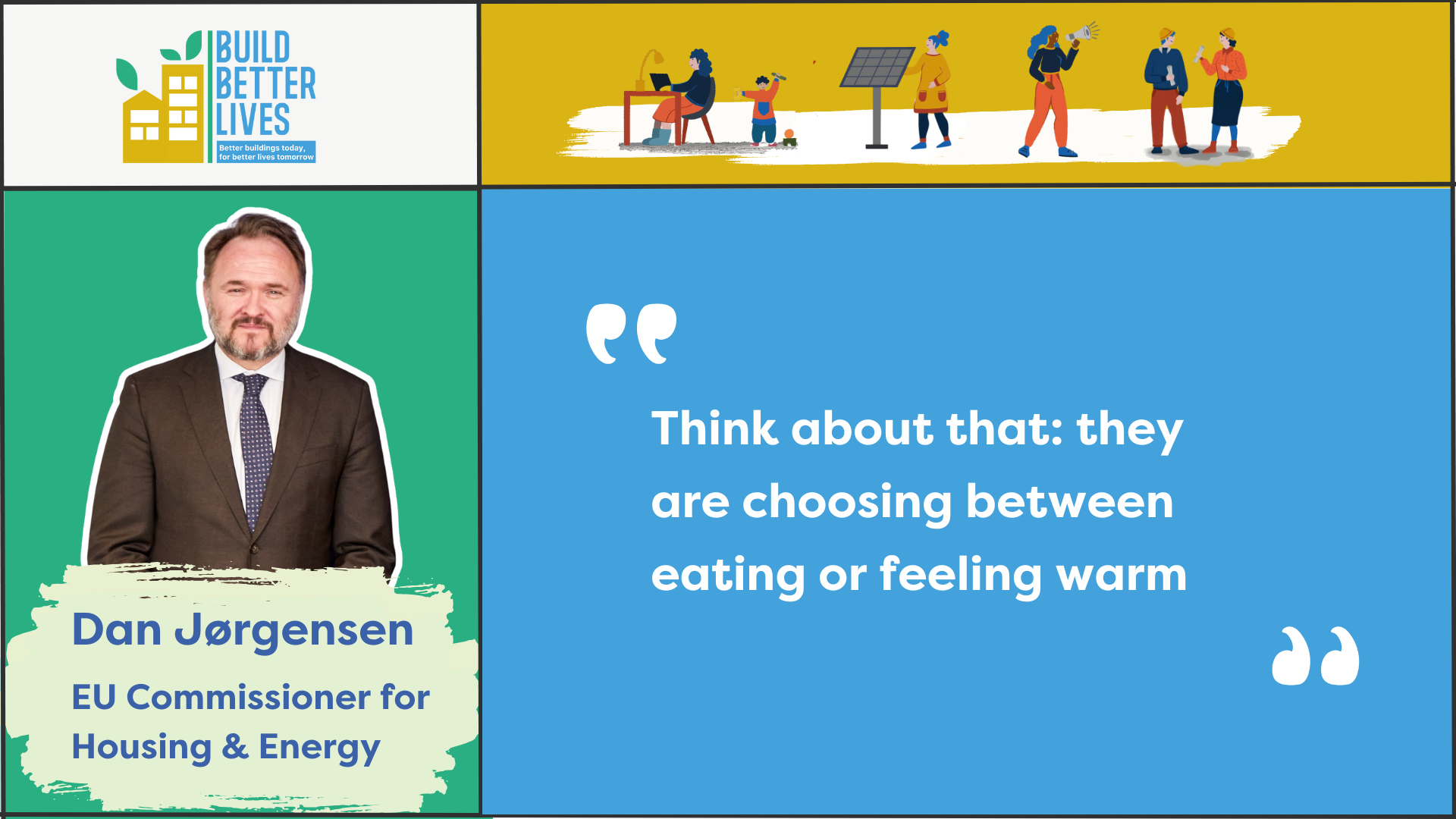
Author
Loyse Queau
Global Public Health Policy Officer at the European Public Health Alliance
Following on from the previous Energy Performance Buildings Directive (EPBD) trilogue held on the 12th October, and the extension of negotiations until December, the European Public Health Alliance (EPHA) reiterates the urgency for an ambitious Directive as an important component for advancing public health across Europe.
Currently, the revision of the EPBD – designed to decarbonise the EU’s building stock and reduce dependence on fossil fuels with a strong social dimension – is at risk of losing traction.
Improving building policy in the European Union is not just a matter of enhancing energy efficiency; it is a crucial instrument in the fight against energy poverty and health inequity. Current estimates reveal a staggering number; over 50 million households suffer from a lack of adequate energy services in the home, significantly affecting their physical and mental health. This includes health impacts from a number of factors that are closely tied to residential fuel and energy consumption, such as air quality, mould, air temperature, insulation, and ventilation.
The inaction by EU and national policymakers has left many in unfit housing and severely affected by the trilemma of rising energy costs, a cost-of-living crisis, and the climate crisis. Buildings are responsible for a substantial 40% of the EU’s energy consumption, and, with 75% of them being inefficient, the need for more efficient homes and buildings cannot be overstated.
The consequences are severe, forcing millions of households to choose between heating their homes or feeding their families. To address this, it is crucial to ringfence adequate funding for vulnerable households to make buildings more energy-efficient and less reliant on fossil fuels, helping to combat energy poverty, improve air quality, and mitigate the climate crisis. The fact that people from lower socio-economic or educational backgrounds, or people with chronic diseases are more exposed to these health risks, makes decisive action all the more critical.
Environmental factors, including temperature, exert a direct influence on human health. Low air temperature has been associated with triggering bronchial and lung inflammation and increased vascular resistance, contributing to an elevated risk of respiratory conditions like asthma, exacerbation of chronic obstructive pulmonary disease (COPD), ischemic heart disease, stroke and death. Additionally, the inability to maintain the temperature of a home to a healthy standard poses a substantial mental health burden, such as anxiety and depression. The negative health outcomes are of significant concern, particularly considering that people spend up to 90% of their time indoors.
These challenges are fundamentally intertwined and exacerbated by the climate crisis and demographic change. Europe has been warming twice as much as the global average for the past 40 years, and the direct health consequences of these extreme temperatures are clear. Adding to these concerns is Europe’s ageing population, which not only spends more time indoors but also faces more difficulties in regulating their body temperature, making their built environment a strong factor in mitigating the health risks. Climate change is also likely to increase the time spent indoors, placing an even greater burden on those unable to secure a healthy and secure built environment.
With consensus across Europe’s diverse civil society – representing NGOs, local authorities, trade unions, and youth movements – an ambitious and socially just EPBD will enhance public health and reduce disparities, whilst having clear co-benefits. With less use of fossil fuel-based energy we see better air quality, decreased CO2 emissions and reduced housing expenses. It is now a matter of rapidly reducing our reliance on expensive and volatile fossil fuels and transitioning to renewable energy sources, to safeguard vulnerable communities and use Europe’s buildings as the cornerstone for an inclusive, fair and just energy transition.


